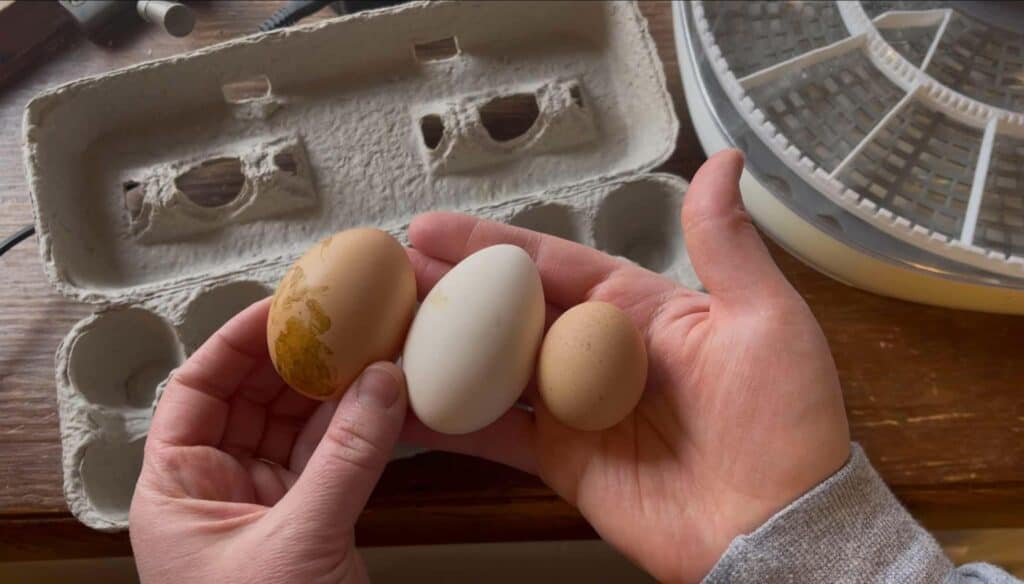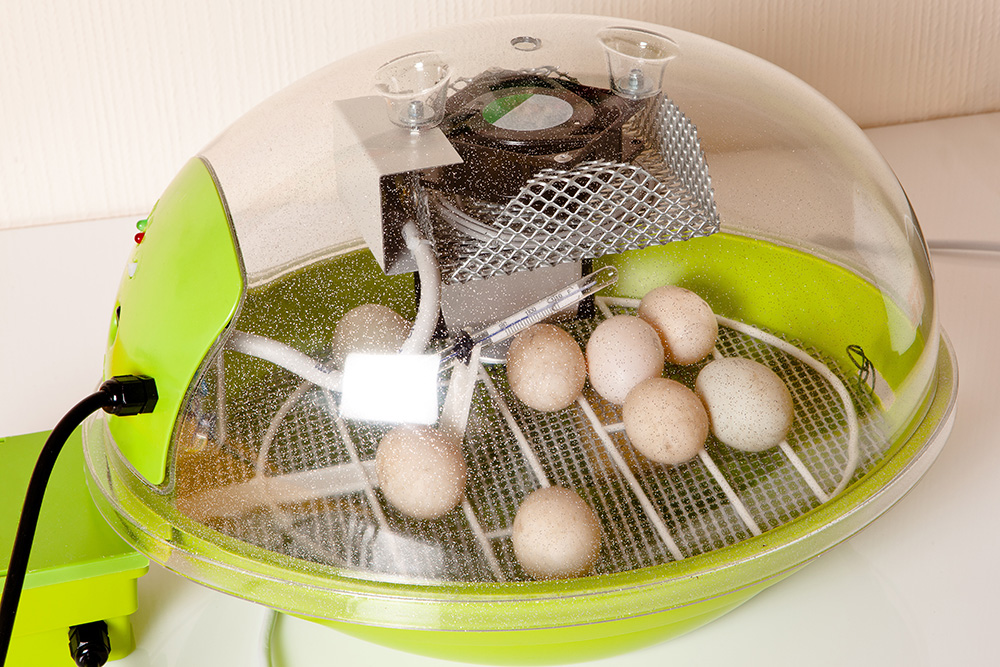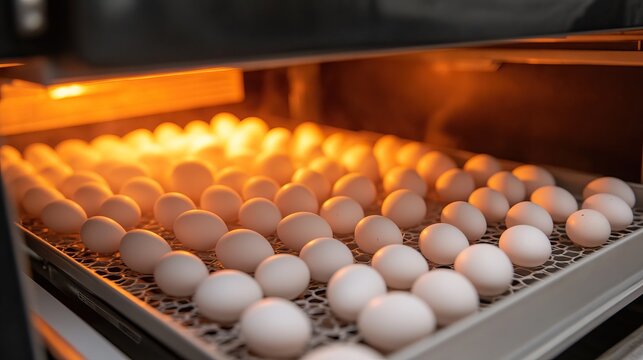Calibrating an incubator thermometer is crucial for anyone involved in egg hatching, especially for chicken lovers who aim to achieve a successful hatch rate. Understanding the process of how to calibrate incubator thermometer can make a significant difference in the health and development of the embryos. In this guide, we will explore the steps to ensure your thermometer provides accurate readings, helping you maintain optimal conditions in your incubator.

Why Calibration is Important
Calibration ensures that the thermometer in your incubator is providing precise temperature readings. Accurate readings are vital because even a slight variation in temperature can affect the hatching success rate. Regular calibration helps prevent such discrepancies.
Understanding Temperature Variations
Temperature variations can lead to delayed hatching or failed incubation. It is essential to regularly check and adjust your thermometer to maintain the recommended temperature range for the specific eggs you are hatching.
Tools Required for Calibration
To calibrate your incubator thermometer, you will need a few essential tools:
- A reliable digital thermometer for comparison
- Ice water bath
- Boiling water
Using a Digital Thermometer
A digital thermometer serves as a reference point. Ensure it is calibrated and functioning correctly to provide accurate readings during the calibration process.
Steps to Calibrate Your Incubator Thermometer
Step 1: Prepare an Ice Water Bath
Fill a glass with ice and add water to the top. Stir well and let it sit for about five minutes to ensure the water reaches a stable temperature of 0C (32F).
Step 2: Test in Ice Water
Place the bulb of the incubator thermometer in the ice water bath. Wait for at least two minutes, then record the temperature reading. The thermometer should read 0C (32F). If it doesn’t, note the difference.
Step 3: Prepare Boiling Water
Boil water in a pot. Once boiling, remove it from heat and let it settle for about a minute. This step prevents any heat loss from affecting the thermometer reading.
Step 4: Test in Boiling Water
Place the bulb of the thermometer in the boiling water without touching the sides or bottom of the pot. Wait for at least two minutes and record the reading. It should be 100C (212F) at sea level. Again, note any discrepancies.
Adjusting the Thermometer
If your thermometer shows incorrect readings, you may need to adjust it according to the manufacturer’s instructions. Some thermometers have a calibration nut or a reset button that allows for manual adjustment.
Maintaining Accurate Readings
Regular Calibration
Calibrate your incubator thermometer regularly, especially before starting a new batch of eggs. Consistent calibration ensures continued accuracy and improves hatching success rates.
Monitor for Consistency
Observe the thermometer’s readings over time. If you notice any significant changes, recalibrate to maintain accuracy.
Common Troubleshooting Tips
If you encounter issues with your incubator thermometer, consider consulting a troubleshooting guide to address common problems and maintain optimal conditions.
Useful Resources
For more insights on incubating eggs, visit Hatching Time’s guide on setting up an incubator.

FAQs
How often should I calibrate my incubator thermometer?
It’s recommended to calibrate your thermometer before each new hatching cycle to ensure accuracy.
What should I do if my thermometer consistently reads inaccurately?
If your thermometer is consistently inaccurate, consider replacing it with a new one to avoid potential hatching failures.
Can I use any digital thermometer for calibration?
While most digital thermometers can be used, ensure it is reliable and accurate by testing it against known temperature points.
For more tips on humidity management during incubation, explore our related resources.
This article contains affiliate links. We may earn a commission at no extra cost to you.










